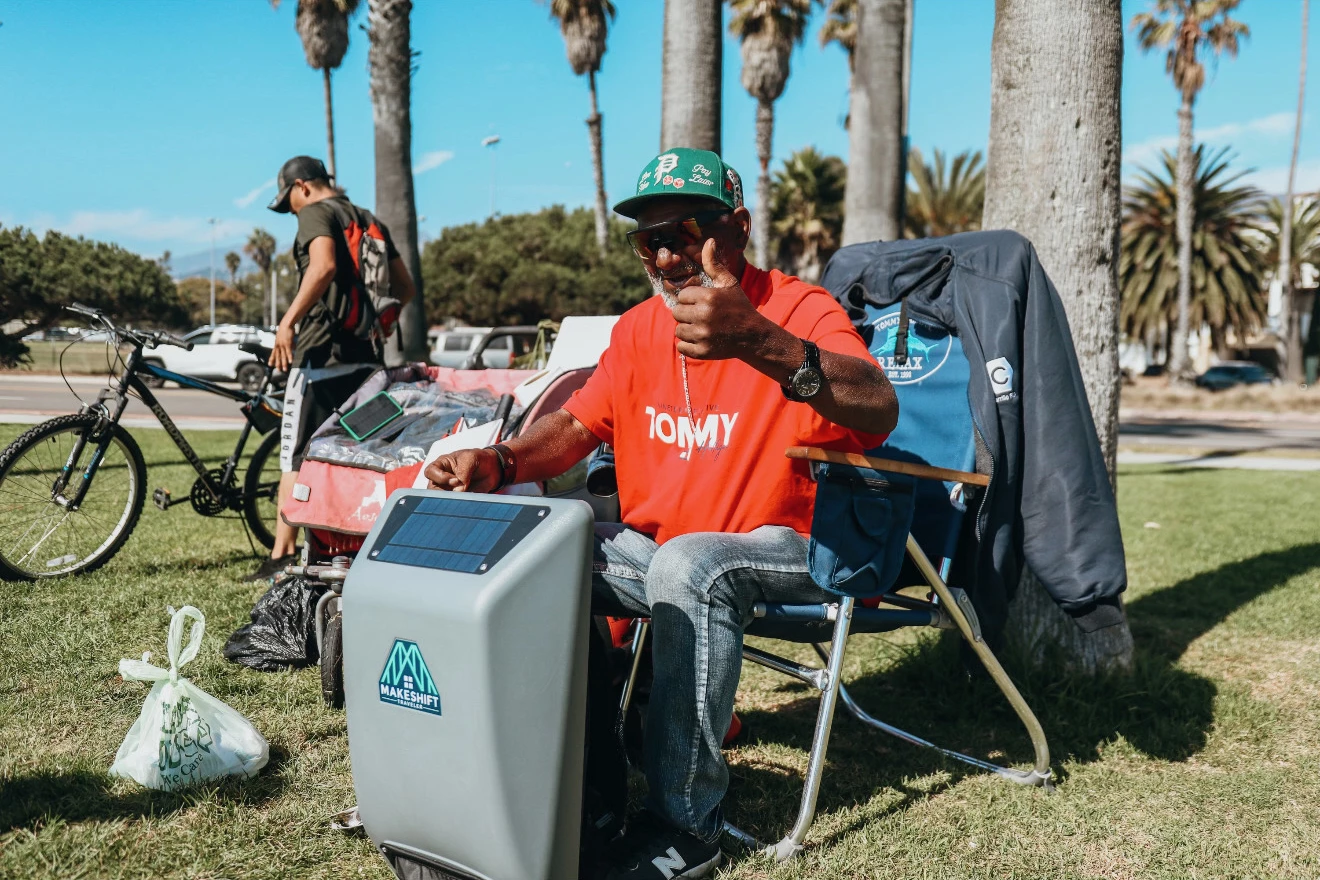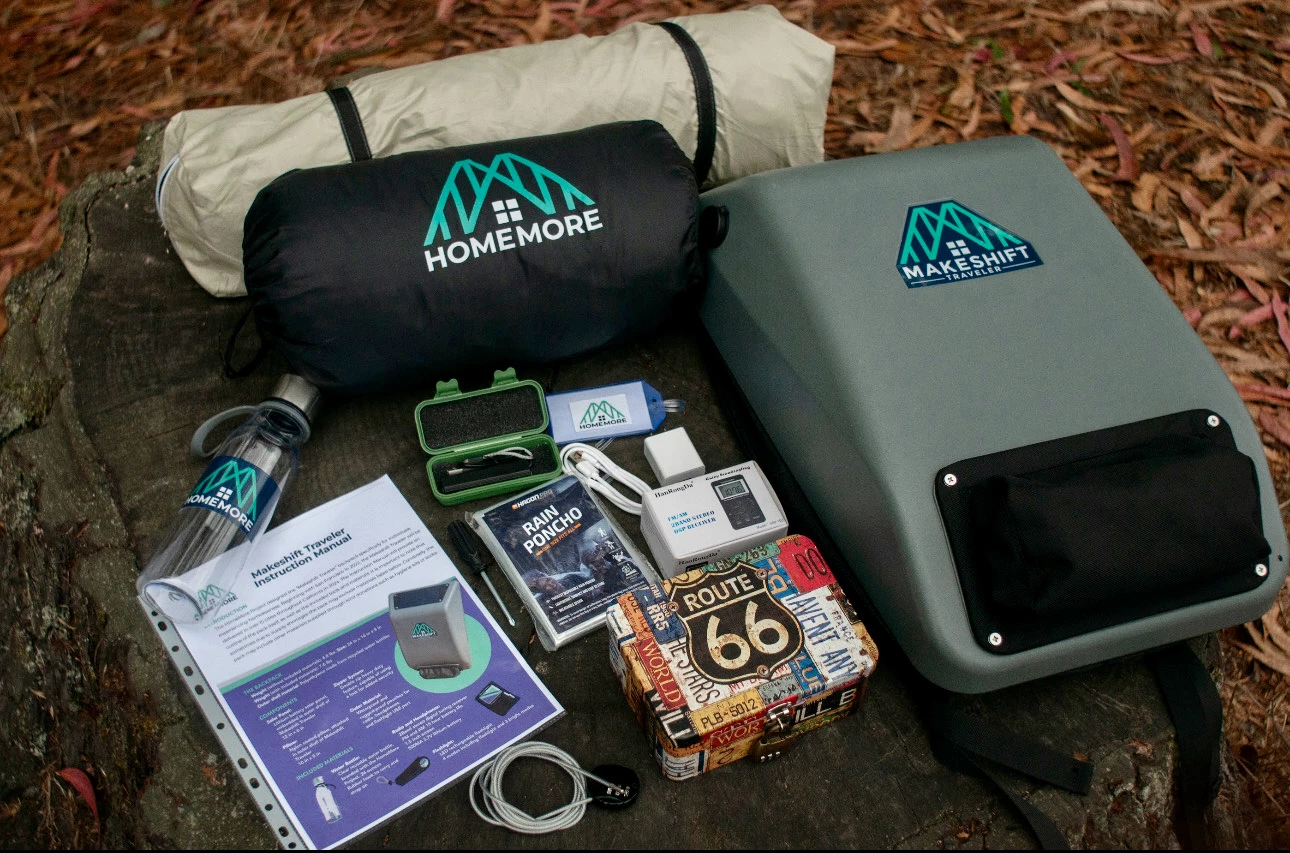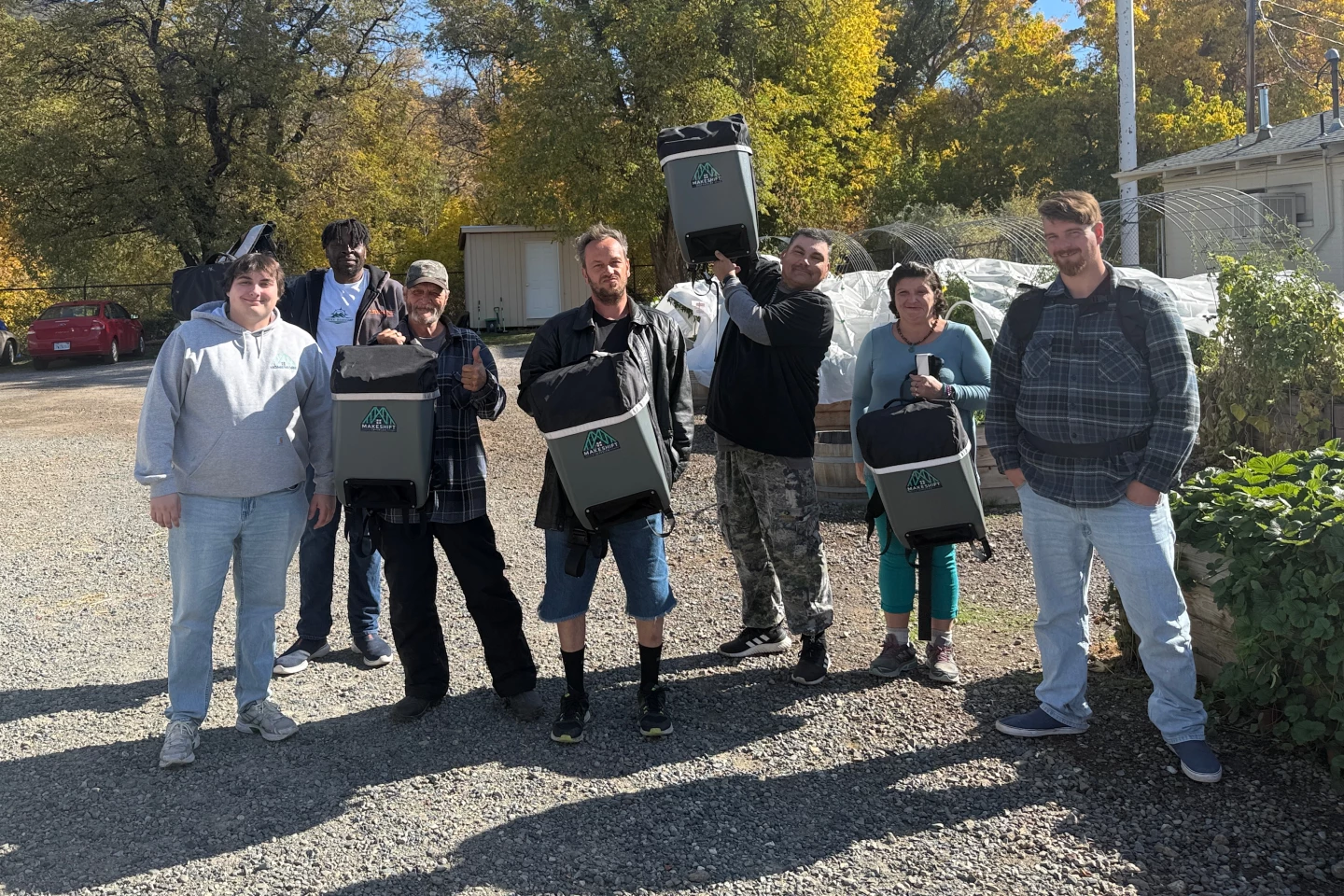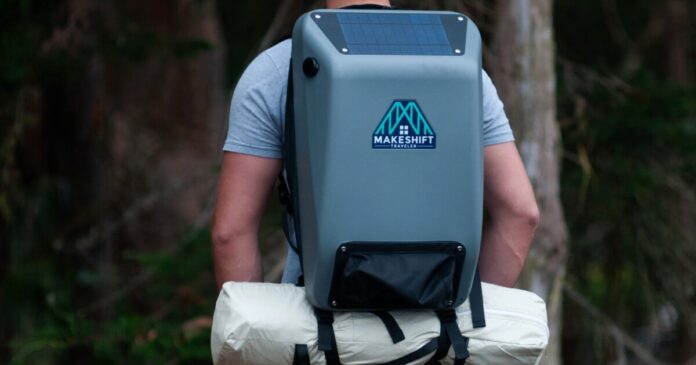If someone is experiencing homelessness, their smartphone often becomes their sole means of staying connected with loved ones and accessing critical services. Charging that phone can be challenging, however, which is why the solar-panel-equipped Makeshift Traveler backpack was created.
“After COVID-19 began in March 2020, during my freshman year at the University of San Francisco, I moved out of my dorm and into one of the only parts of San Francisco I could reasonably afford – the Tenderloin,” says Zac Clark, inventor of the device and founder of nonprofit group, The HomeMore Project.
“I began starting conversations with the very people who lived outside of my building. While I had initial plans to launch a Transitional Housing Program, I took a step back and started the Makeshift Traveler program, based on feedback I had received from people I spoke with who kept saying they had phones but couldn’t charge them, and their belongings were constantly being stolen or damaged.”
The HomeMore Project
The resulting backpack launched in October of 2022, and more than 1,200 of the units have since been distributed to unhoused individuals in 25 cities throughout California. Plans call for over 2,000 more to be given out by the end of this year, plus partnerships are in the works with local nonprofits in states such as Virginia, Washington, Illinois, South Carolina and Maine.
The pack itself features a durable waterproof outer shell (made of recycled water bottles) which sports a top-mounted 4-watt polycrystalline solar panel connected to an internal 10,000-mAh rechargeable power bank. We’re told that a full charge requires four to six hours of direct sunlight – one to two days in typical outdoor lighting conditions – and that one charge of the bank should be good for two to three smartphone battery charges via an integrated USB port.

The HomeMore Project
Of course, whenever users have access to a wall outlet, they can simply charge the power bank from it instead of from the solar panel. And yes, they can also charge their phone from that outlet while they’re at it.
There’s more to the Makeshift Traveler than just its phone-charging system, however.

The HomeMore Project
Some of the backpack’s other features include an external urethane-coated nylon pillow that can be puffed out by stuffing a T-shirt inside of it, plus there’s also a theft-resistant locking zipper. A new fifth-generation model, set to launch next year, will additionally have front and rear reflectors for better nighttime visibility.
Various extra items are also included with each pack, such as a tent, sleeping bag, rain poncho, radio, flashlight, ID card, socks, lockbox, hygiene kit, water bottle, and an informational brochure listing 15 local partnering services. All of these bits n’ pieces can be carried in or on the pack.

The HomeMore Project
“The Makeshift Traveler was designed to be the last backpack someone experiencing unsheltered homelessness will ever need,” says Clark.
If you’re interested in making a donation or getting the backpack into your community, just click on the link below.
Source: The HomeMore Project


